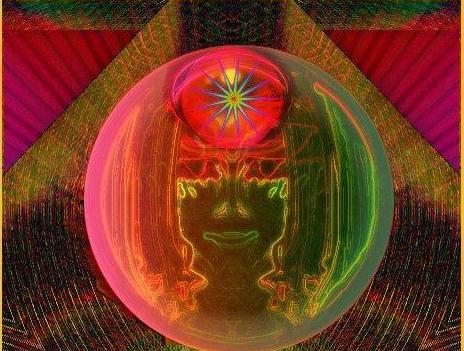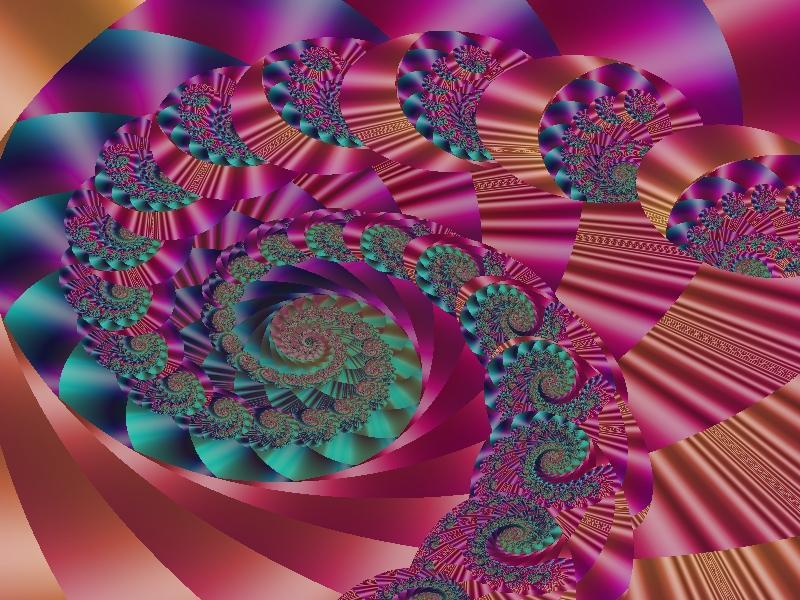Part 5: The World of Dreams Reexamined |
||||
Section 1: Background on Dreams |
||||
|
Hallucinogenic Toreador by Salvatore Dali
|
||||
WHAT
IS A DREAM? |
||||
| Dreaming is defined as “a sequence of sensations, images, emotions, and thoughts passing through a sleeping person’s mind”. The two important constituents of dreams are the sequence of perceptions and the presence of hallucinatory imagery that is visual or auditory in nature. Dreams occur in the stage of the sleep cycle called REM sleep or paradoxical sleep. The subjects who awake from another stage of sleep called NREM sleep (occurs before REM sleep) do not describe their prior experience as dreaming. | ||||
CONSCIOUSNESS AND DREAMING
|
||||
| According to biologists, consciousness is “an ability to react to the environment.” This ability is temporarily suspended during sleep and thus dreaming can be thought of as an unconscious process. Brain waves, eye movements, and muscle tone, are the three major measures of sleep that are used in its study. From the polygraph records of the two major stages of sleep, NREM and REM sleep, it is apparent that eye movement is much more intense during REM sleep (in fact, the letters stand for rapid eye movement). During wake periods, muscle tone is high relative to NREM muscle tone, which can be considered to be moderate. However, during REM sleep there is no significant muscle tone and the sleeper can be considered virtually paralyzed. The central paradox of REM sleep is that there is an increased responsiveness to sensory stimuli in the thalamocortical region of the brain (much like in the awakened state) despite the fact that there is a lack of cognitive responsiveness to sensory stimuli. Basically, our body is intensely responding, we are having all these emotions and images which seem so real....all while we are paralyzed from the neck down. Also, it should be stressed that everyone dreams; the people who claim that they do not, simply never wake up during their REM sleep to remember it. | ||||
| A simple observation can be drawn from the fact that the consciousness is suspended during dreams: | ||||
|
||||
| LINKS ON DREAMS | ||||
Links to background material Brain/Body
Activity During Sleep and Dreams Conscious and
pre-conscious processes Function of REM
and NREM REM sleep More useful links Dreaming,
Illusion, and Reality Dreaming:
Function and Meaning From Genomes
to Dreams Freud:
“Introductory lectures on psycho-analysis” Dream
DialogueReference #7 within Dreaming: Function and Meaning Why is Dream
Forgetting Common? A Biophysical
Model for Altered States of Consciousness |
||||

